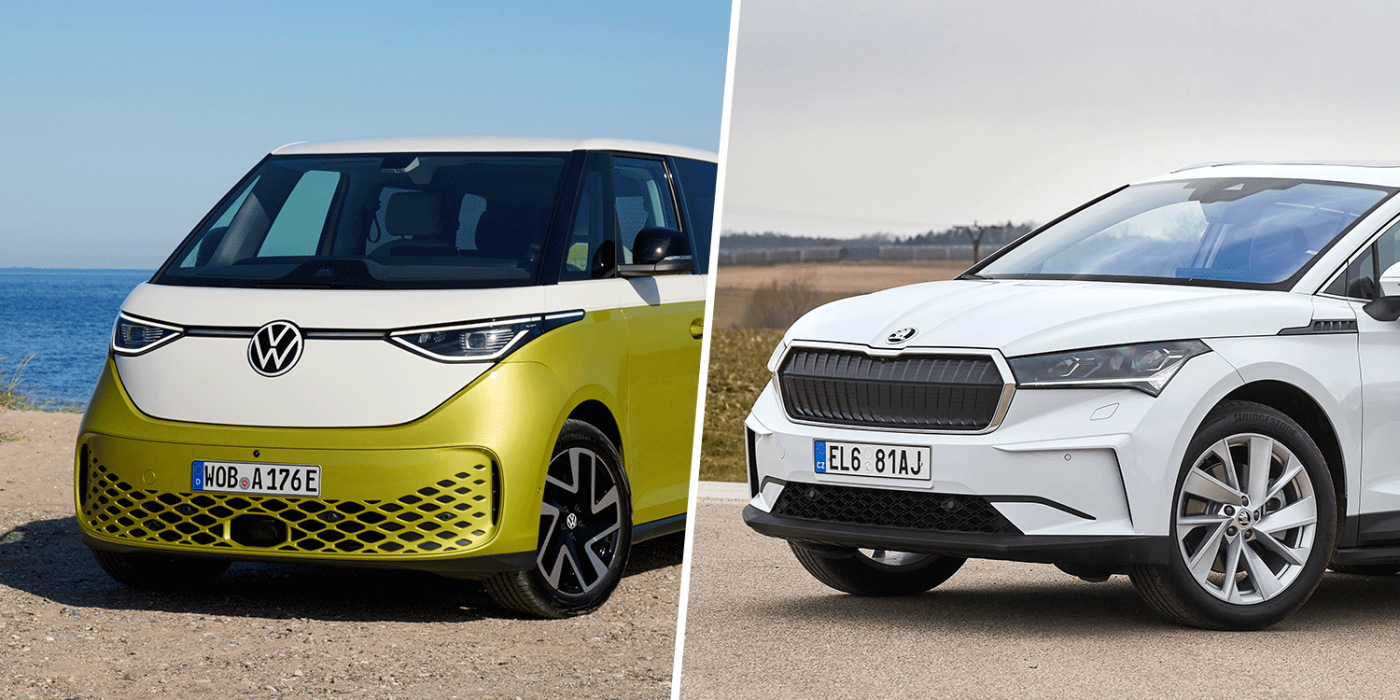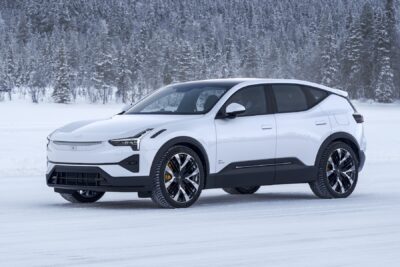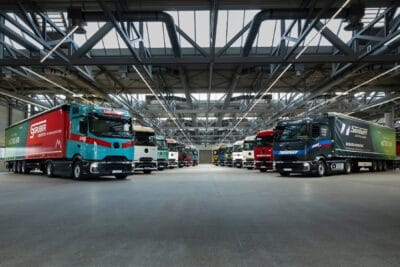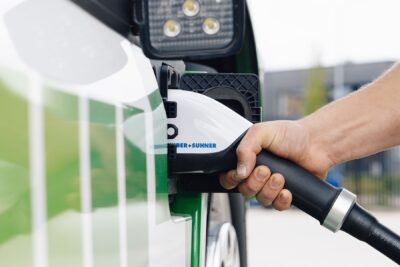VW Commercial Vehicles & Skoda increased EV deliveries over 2022
Following the core VW brand and Audi, other Volkswagen subsidiaries have published sales figures for their electric models. Both VW Commercial Vehicles and Skoda were able to increase deliveries, sometimes significantly. Porsche, on the other hand, suffered a slight setback.
VW Commercial Vehicles handed over 7,500 electric vehicles in 2022, more than twice as many as in 2021. The ID. Buzz accounted for the lion’s share of the increase, with 6,000 units of the new van series making it to customers. It bears mentioning that the first delivery did only take place on 15 November 2022. Interest in the MEB van remains high: orders for the ID. Buzz Pro and ID. Buzz Cargo totalled 26,600 vehicles at the end of the year.
However, not everything was running smoothly yet: Despite a production target of 15,000 ID. Buzz planned for 2022, only 10,800 units made it out of the factory in Hanover, leaving 3,300 units as exhibition and demonstration vehicles at dealers. In 2021, before the Buzz had been launched, VW Commercial Vehicles delivered a total of 3,600 electric vehicles.
“We are very happy with the launch of our first all-electric Bulli from Hannover. Now, our task is to further ramp up production of all models and to deliver the vehicles to our customers and fans,” says Lars Krause, VW Commercial Vehicles brand board member for sales and marketing. “In the last few months, we’ve already succeeded in doing this, and we’ve been able since September to increase deliveries to customers significantly. In November and December, we sent out 30 per cent more vehicles than in the same period last year.”
VW’s Czech subsidiary Skoda has also presented its delivery figures for 2022. Skoda was able to deliver 53,700 units of the currently only electric model, the Enyaq – although this does not distinguish between the Enyaq and the Enyaq Coupé, which was launched in 2022. The Skoda Citigo (2021: 4,400 deliveries) is no longer listed in the 2022 announcement.
The fact that Skoda’s increase compared to the 44,700 Enyaqs in 2022 is relatively small compared to the market development is mainly due to production and the particularly volatile supply chains since the Russian war of aggression in Ukraine. Because already in 2021, Enyaq production was running at full capacity due to the high demand (and against the background of the semiconductor shortage). Capacity for the Enyaq Coupé, which has been built on the same line as the Enyaq and Octavia since mid-February 2022, will be added – which will mathematically increase capacity from around 50,000 units to a good 80,000 electric Skodas. However, the plant in Mlada Boleslav was at a standstill for weeks due to a lack of wiring harnesses from Ukraine and then ran at reduced production for a while.
Against this backdrop, which also affected internal combustion models, Skoda deliveries across all powertrains fell by 16.7 per cent to 731,300 vehicles (2021: 878,200 Skodas). Apart from the Kushaq model (an internal combustion SUV for India), the Enyaq was the only model to register growth in 2022. As a result, 7.4 per cent of all new Skodas were all-electric last year – up from five per cent in 2021.
“With the acceleration of our e-offensive, we’re well positioned for the upcoming years and will continue to strengthen the Czech Republic as a key automotive and e-mobility hub,” says Skoda brand boss Klaus Zellmer. “The market situation will remain tense in 2023, but we’re cautiously optimistic that the situation will improve in the coming months.”
Porsche also cites the parts shortage in spring 2022 in its announcement on delivery figures. The sports car maker said it could deliver 34,801 Taycans in 2022, a 16 per cent drop from the 41,296 Taycans in 2021. “The decline is a result of supply chain bottlenecks and limited parts availability. Both hit the electric sports car particularly hard,” Porsche writes. The order backlog for the Taycan remains “at an unchanged high level”.
However, the Taycan remains just ahead of the Panamera (34,142 deliveries), but again behind the 911 (40,410 vehicles). The Macan, which we know will be the next electric model from the Zuffenhausen-based company, was the second most popular Porsche model with 86,724 customers – behind the Cayenne with 95,604 deliveries, but for which there are already electric plans.
“On the sales side, results have been positive in 2022,” says Chief Sales Officer Detlev von Platen. “Porsche is in a solid position. And we’re building on that basis.”
VW Passenger Cars and Audi had previously presented their sales figures. The Wolfsburg-based company was able to sell around 330,000 battery-electric cars in 2022, an increase of 23.6 per cent. At Audi, there were 118,196 BEVs in the full year, i.e. a six-figure result for the first time.
The last passenger car brand from the VW Group with battery-electric cars on offer is Cupra. The Spanish Seat subsidiary delivered 31,400 units of its Born electric model worldwide in 2022. It was the first full year on the market for the electric car.
Globally, Cupra delivered 152,900 vehicles, a growth of almost 93 per cent on 2021 (79,300 vehicles). This means that 20.5 per cent of all new Cupras were battery-electric. The Spanish company did not report the plug-in hybrids in the model range separately. The best-selling model was the brand’s first independent series, the Formentor crossover with 97,600 units – but with an unknown PHEV share.
Together with the Seat brand, Seat S.A. delivered 385,600 vehicles – the Seat brand currently no longer offers electric cars in favour of Cupra. “Faced with continuing semiconductor and parts shortages, we made the strategic decision to prioritise higher-margin CUPRA models over SEAT cars,” said brand boss Wayne Griffiths, adding: “This inevitably impacted the number of SEAT vehicles we delivered but was essential to provide long-term stability for the wider company.”
vwn-presse.de, skoda-storyboard.com, porsche.com, seat-mediacenter.com




